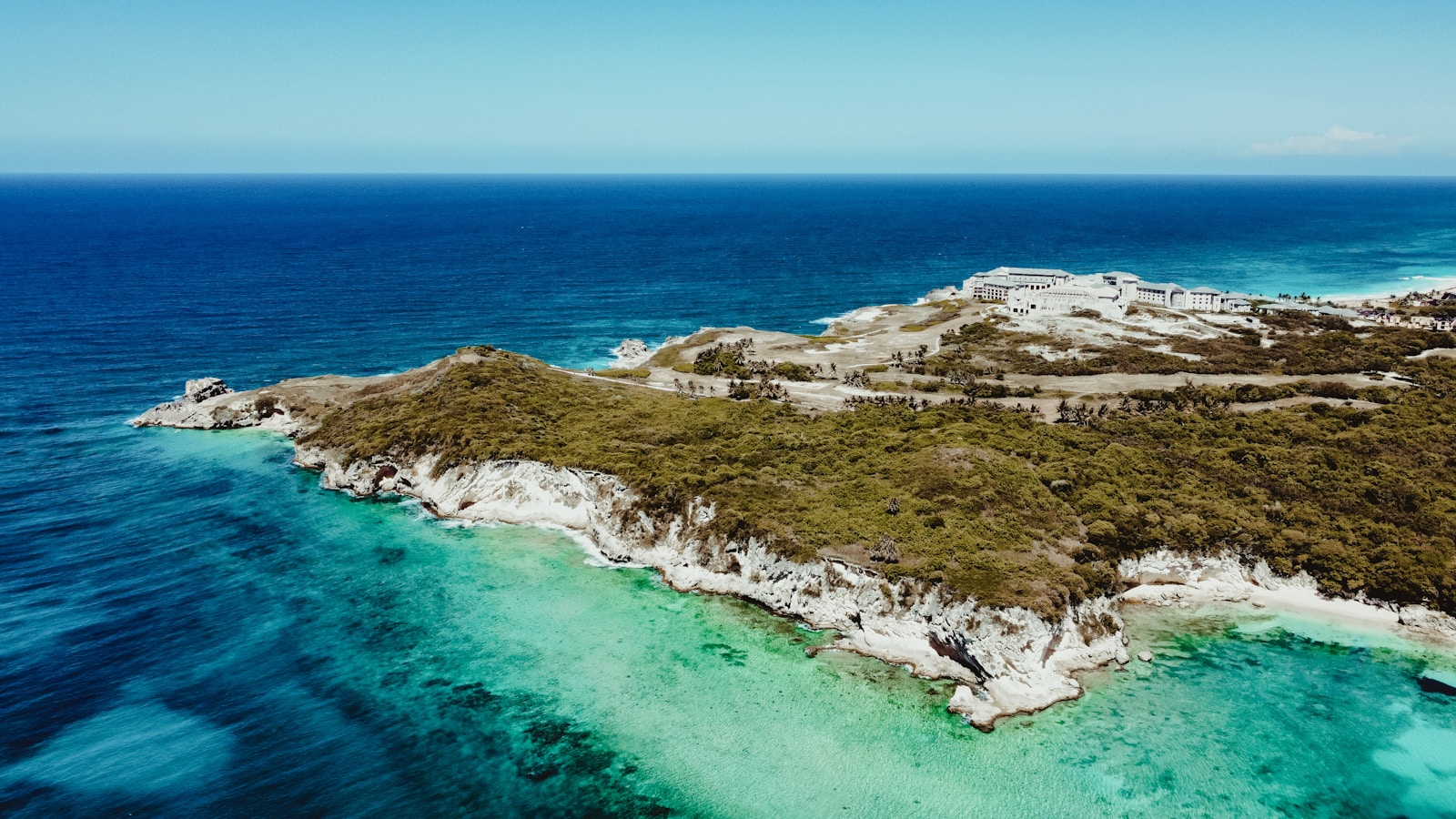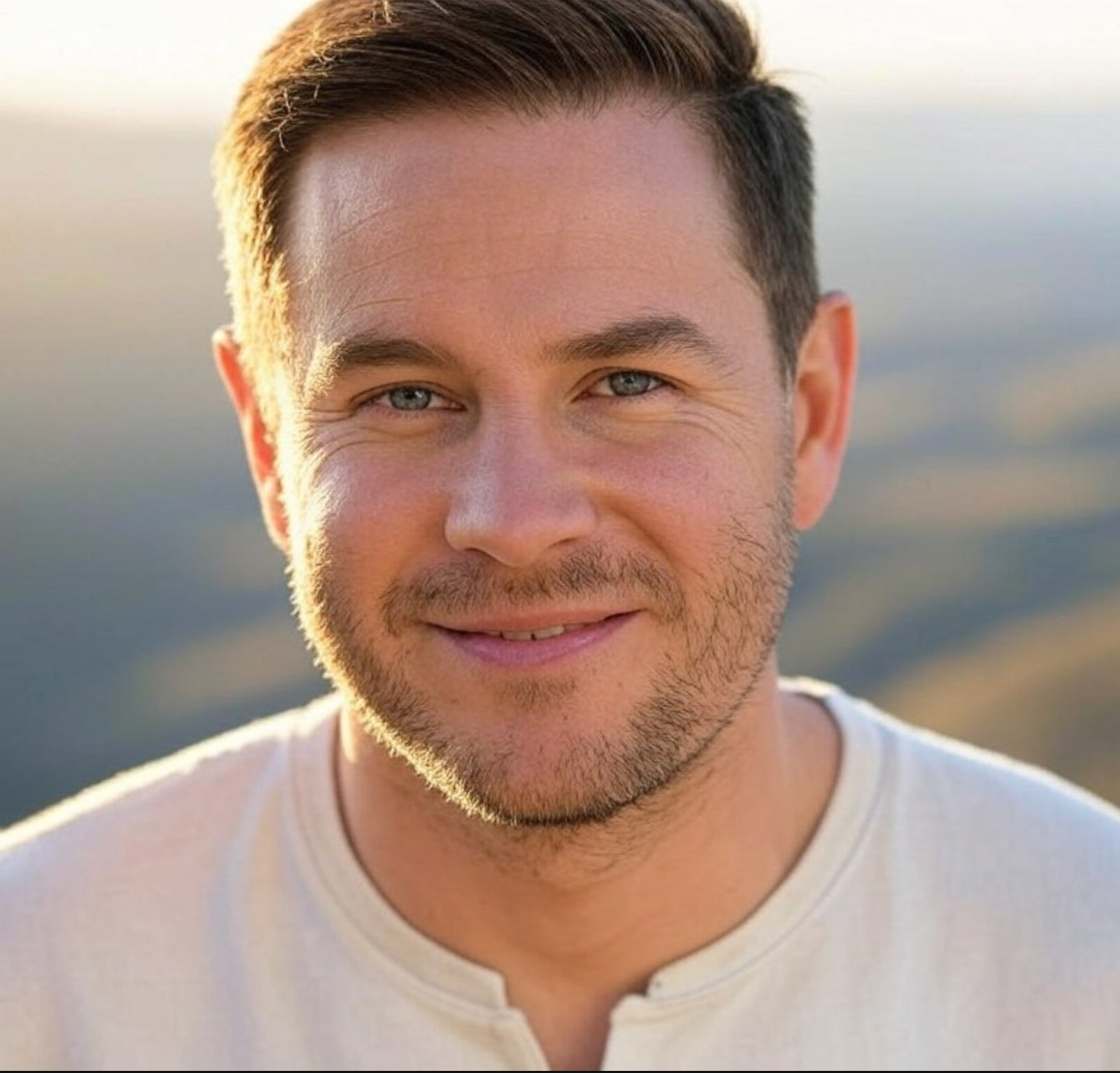There are countries and destinations we hear so much about that we feel like we know everything about them. Which, of course, is usually far from the case. Here are six things you probably don’t know about the Dominican Republic.
The Caribbean’s Top Tourist Destination
Punta Cana, La Romana, Saona Island, Puerto Plata… these names might ring a bell and sum up the tourism appeal this destination has enjoyed for quite some years now.
The Dominican Republic, or “DR” as it’s often called, remains the most sought-after destination in its region. It regularly outpaces Jamaica, Cuba, and the Bahamas—other tourist favorites in the Caribbean.
Last year alone, in 2024, the Dominican Republic welcomed 8.5 million tourists, not counting the numerous cruise passengers who only stop for a few hours in the country. That’s nearly three times more than Jamaica, which ranks second in visitor numbers with 2.9 million tourists.
The destination shows no signs of slowing down, with plans for continued growth in the coming years. Tourism represents the country’s primary source of wealth, currently accounting for 12% of its GDP and thousands of jobs that depend on this sector, which is heavily focused on all-inclusive resorts with countless beachfront hotels and resort complexes.

The Caribbean’s Highest Peak is in the Dominican Republic
When we think of the Dominican Republic, we always picture those stunning beaches and never consider that its landscape also features mountainous terrain. And not just a little—the country boasts four substantial mountain ranges.
Among them is the Cordillera Central, nestled in the heart of the country toward the Haitian border. This rather impressive range, just steps from the sea, rises above 3,000 meters, including the famous Pico Duarte, which peaks at 3,098 meters and stands as the highest summit in all the Caribbean.
Named after one of the Dominican nation’s founders, Juan Pablo Duarte, this peak sits within José del Carmen Ramirez National Park. Together with its neighbor, Armando Bermudes Park, it forms a 1,530-square-kilometer area that houses abundant and diverse fauna and flora that can be explored through multi-day hikes—guided or self-guided. A refreshing change from seaside pleasures.
Home to the Oldest European-Founded Capital in the Americas
The Dominican Republic’s capital is Santo Domingo. This major city of over one million inhabitants on the southern coast was founded in 1496 by Bartolomé Columbus, brother of Christopher Columbus, who had discovered this land during his first voyage in 1492.
With over 500 years of existence, Santo Domingo stands as the oldest permanently inhabited European colony in the Americas and the continent’s oldest capital. It was indeed the first seat of Spanish colonial power in the New World.
This long history has left numerous traces throughout the city, particularly in Santo Domingo’s remarkable colonial quarter, which is listed as a UNESCO World Heritage Site. There you’ll find the Alcázar de Colón (seat of the Viceroys of Hispaniola), the Cathedral of Santa María la Menor (built in 1514), and the Ozama Fortress, whose 1502 construction makes it the oldest in the Americas. Absolutely not to be missed.

The Dominican Republic’s Flag Has Religious Significance
It’s rare enough to merit mention, but the Dominican Republic’s flag is considered to have religious meaning. This stems from the open Bible at the center of the national coat of arms, which appears in the middle of the white cross on the country’s flag. Add to this the white cross itself, which symbolizes Christian faith, plus the national motto visible on the flag.
For details: the Bible is open to the Gospel of John, chapter 8, verse 32, which reads “Y la verdad os hará libres” (“And the truth shall make you free”), and the country’s motto is “Dios, Patria, Libertad” (“God, Fatherland, Liberty”).
Merengue and Bachata: Two Musical Styles Born in the Dominican Republic
Music lovers know them well: merengue and bachata are two musical and dance styles with tropical sounds. They’re also two genres born in Santo Domingo quite some time ago.
Merengue dates back to the early 1800s and has become one of Latin America’s most popular rhythms over time. Originally, it was characteristic of rural areas and heavily criticized by the local bourgeoisie. Nevertheless, since 2016, merengue has been inscribed on UNESCO’s Representative List of the Intangible Cultural Heritage of Humanity.
As for bachata—a blend of bolero, Cuban rhythms, and much more—it too is country music that found its style in the 1960s before gaining popularity years later and, like merengue, earning its place in UNESCO’s intangible heritage list in 2019.

Amber and Larimar: Two Dominican Republic Gems
Finally, two gems—in almost the literal sense—that are typical of the Dominican Republic: amber and larimar.
Amber is fossilized resin formed millions of years ago from conifer secretions. Used for centuries in jewelry for its natural beauty, deposits can be found around the planet, notably in the Dominican Republic. Transparent and ranging from orange to honey to blue, Dominican amber and the objects crafted from it have become tourism classics throughout the country.
But more than amber, the DR is primarily the land of larimar. This semi-precious stone with multiple shades of blue is found only here. While deposits have existed for millennia, their exploitation began only about fifty years ago. Remarkable for a unique stone whose color recalls the Caribbean Sea, and which today serves the jewelry industry for crafting necklaces, earrings, bracelets, and rings.

